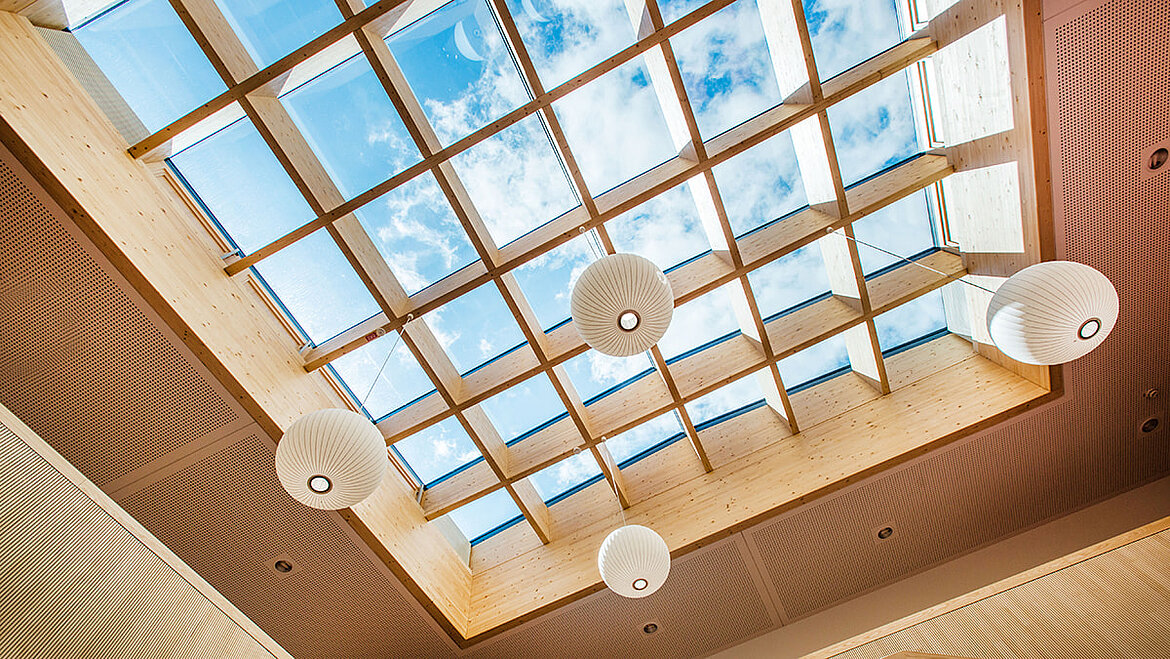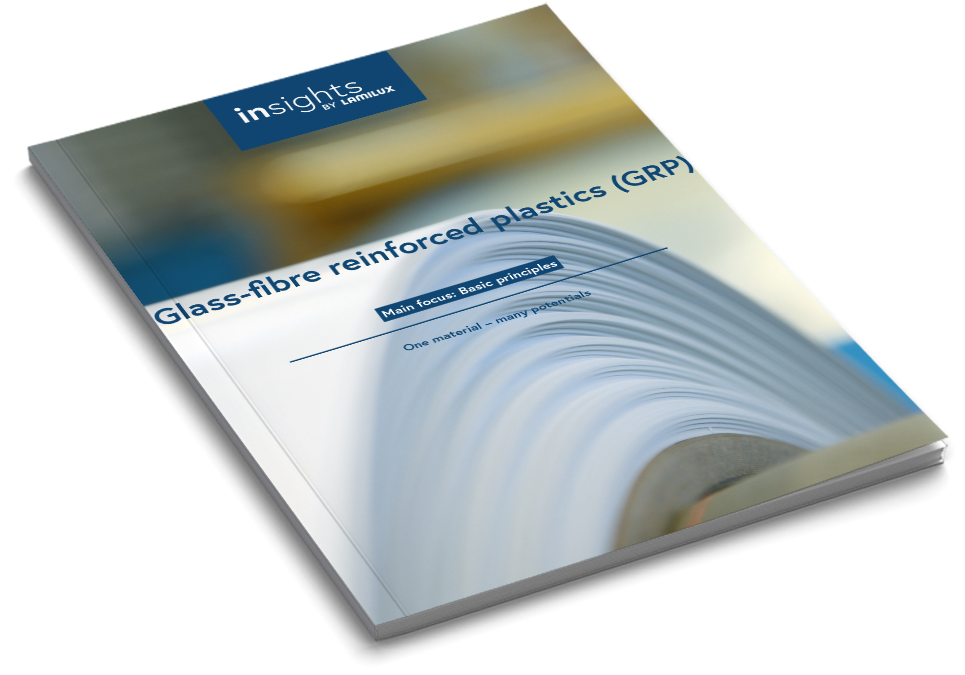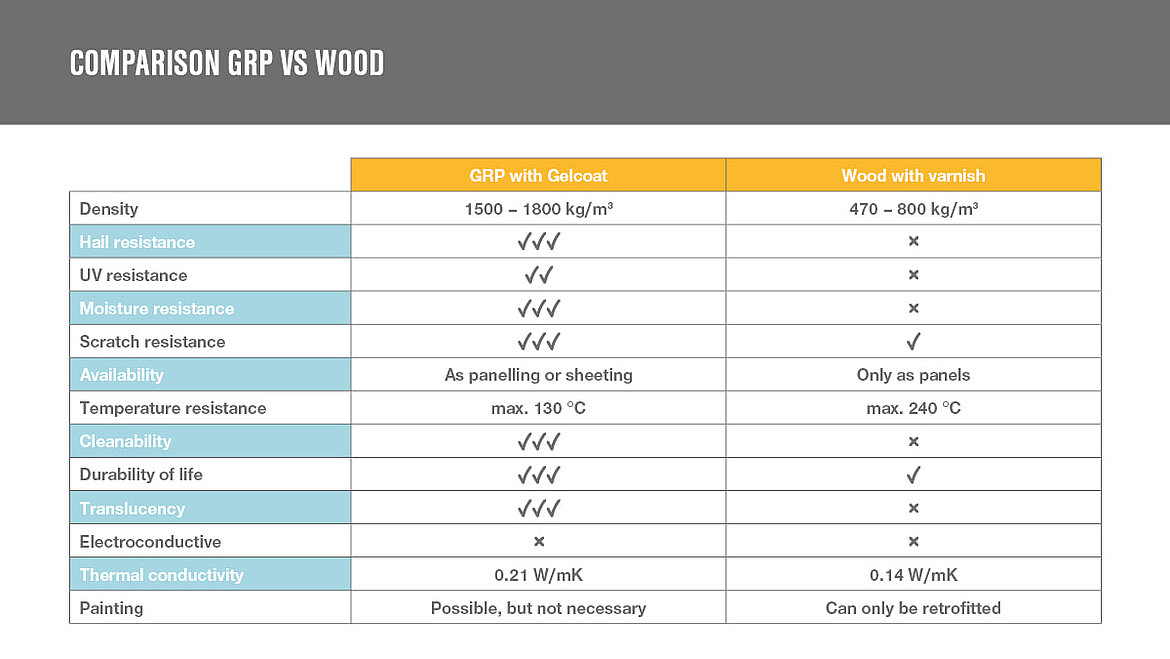What makes GRP so special?
Glass-fibre reinforced plastic (GRP) is a composite material made of a plastic matrix and glass fibres. But what makes this material so special? Low weight with high mechanical strength, resistance to chemicals, corrosion and UV radiation are just some of its properties. Learn more in the white paper:
- The most important properties of GRP sheets
- The main advantages of GRP sheets
- How to use the material profitably






